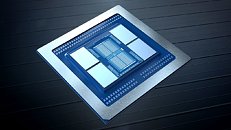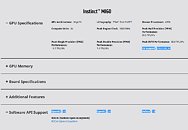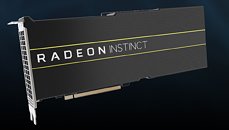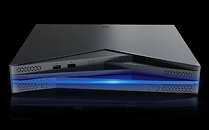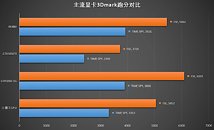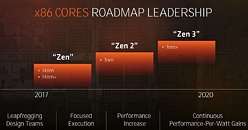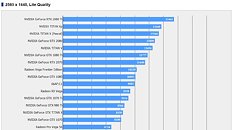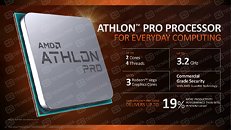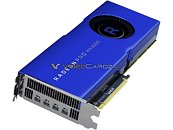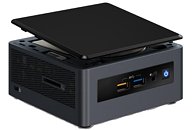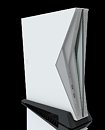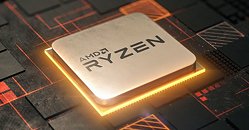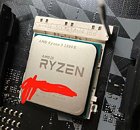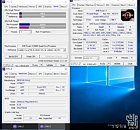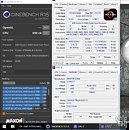Hodlers Dump Crypto for X'mas? ETH and BTC at Yearly Lows
Prices of the two top crypto-currencies with DIY and small-scale miners, Ethereum and Bitcoin, dropped to yearly lows Monday, with Ethereum falling just a touch below USD $140, and Bitcoin at $4,700. This is in stark contrast to January, when Bitcoin scraped $20,000, making it among the most valuable "currencies" in human history. The direct impact of the crypto-currency slide falls on graphics card prices, at least for currencies which are viable to mine with graphics cards.
Across the board, new graphics card prices are at record lows for the year, with AMD's flagship Radeon RX Vega 64 going for as low as $399 brand-new. These cards were priced upwards of $1,500 and barely available this January. The RX 580, which was priced upwards of $700 in January, can be had for under $200. Prices of NVIDIA "Pascal" graphics cards are similarly low, with the GTX 1070 Ti going for under $400. For whatever strange reason, the GTX 1080 Ti is still marked up, selling for prices on par with RTX 20-series SKUs such as the RTX 2080. You can also expect a torrent of used graphics cards on E-bay and tech forums.
Across the board, new graphics card prices are at record lows for the year, with AMD's flagship Radeon RX Vega 64 going for as low as $399 brand-new. These cards were priced upwards of $1,500 and barely available this January. The RX 580, which was priced upwards of $700 in January, can be had for under $200. Prices of NVIDIA "Pascal" graphics cards are similarly low, with the GTX 1070 Ti going for under $400. For whatever strange reason, the GTX 1080 Ti is still marked up, selling for prices on par with RTX 20-series SKUs such as the RTX 2080. You can also expect a torrent of used graphics cards on E-bay and tech forums.




